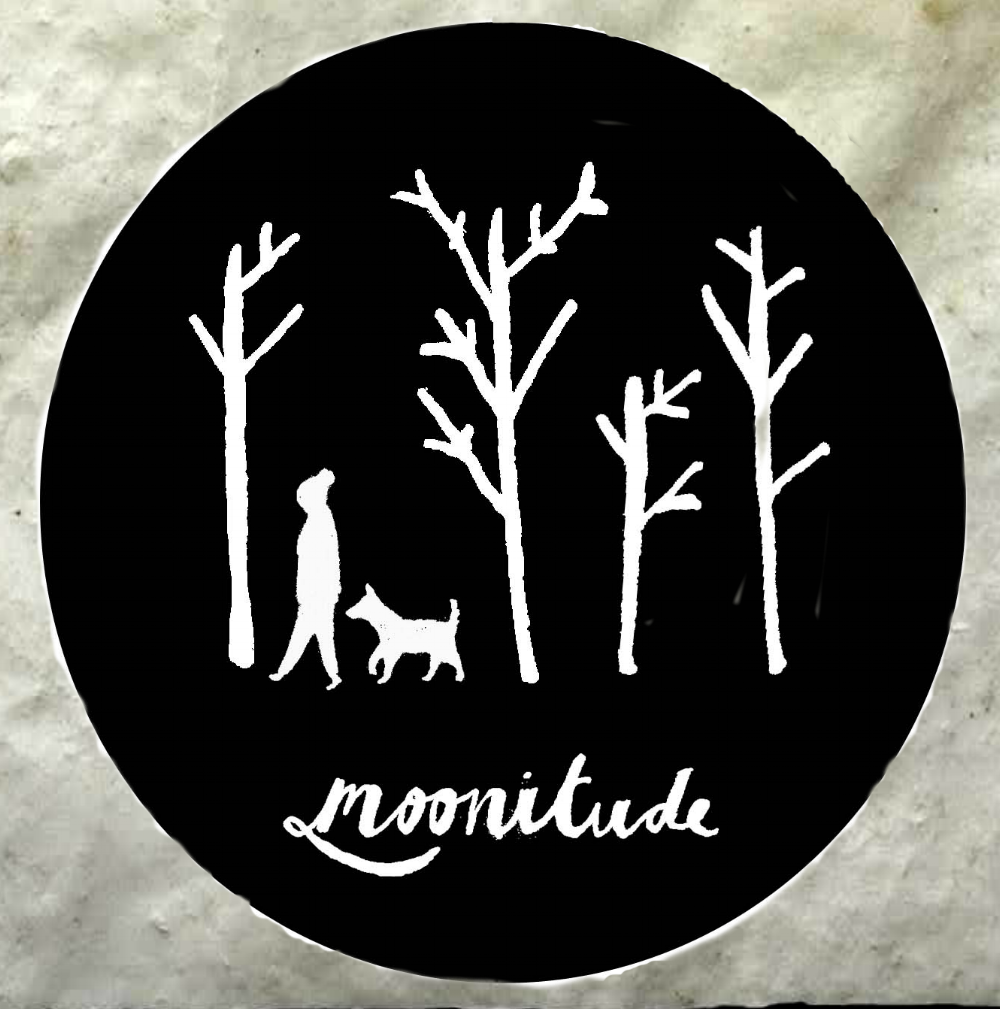Letchworth II: The Addendum
In the last post about Letchworth State Park, I wrote about Mary Jemison’s fascinating life, but it wasn’t quite complete when it was published.
Steps along a trail in Letchworth State Park
Jemison’s family was kidnapped and murdered, and, for the sake of not being gruesome, I didn’t go into detail. (Think: scalp, hair, stick.) And while I was fascinated that she survived, I had other thoughts that were clogged, like coffee grinds in Mr. Coffee’s water reservoir, and that’s why it took so long to write anything about it at all.
I respectfully submit an addendum.
Jemison was sold to a kind, loving family in a good tribe. When she was interviewed in her 80s, she defined the Indians as fiercely honest, peace-loving people, who only responded when provoked. And there’s that word. Provoke can be defined in a lot of ways. I know people who feel provoked because others go on vacation, or because they drive a new car, or appear happy. In high school, I was punched in the eye by a boy, without provocation.
As I read the story about Mary Jemison’s life and some of the atrocities she’d witnessed, I thought under no circumstance is it appropriate to remove somebody’s organ, unless you’re a piano mover or a surgeon. The more civilized of the faction’s might reason: At least we either shoot you and, or burn your settlement and destroy your cattle and crop. As I read all of that, I thought, whatever happens in the flesh, nobody can kill the soul, and its fate is in more merciful, loving hands than this world could ever conjure. The bible says not to fear those who can kill the body. Not that we take the body for granted, but the point is, it is temporal housing anyway.
She knew what happened to her family, and Jemison suffered shock and depression. But after a while, she was mobilized into whatever she had to deal with in a new world, living in various degrees of dead zones. Like being trapped in the Sahara, thankful for the sight of a cloud, type of thing.
In retrospect, one could try to figure out which side was more wrong. None of it has anything to do with color, race or creed. Hatred, envy, pride and vengeance is the avarice of our human experience, and Mary Jemison was stuck in the vortex of what it created. From there, she had to assimilate that her family was murdered and that she was kidnapped and sold to nice people. All of that was an injustice.
The words I read once in the bible come to mind: “The anger of man does not achieve the righteousness of God.” And that’s not the life that she chose to live, a life of anger. She somehow left a window open in her soul for the exchange of human kindness and generosity.
And that’s what most impressed me about her story.
“As long as you live, keep learning how to live.” — Seneca

